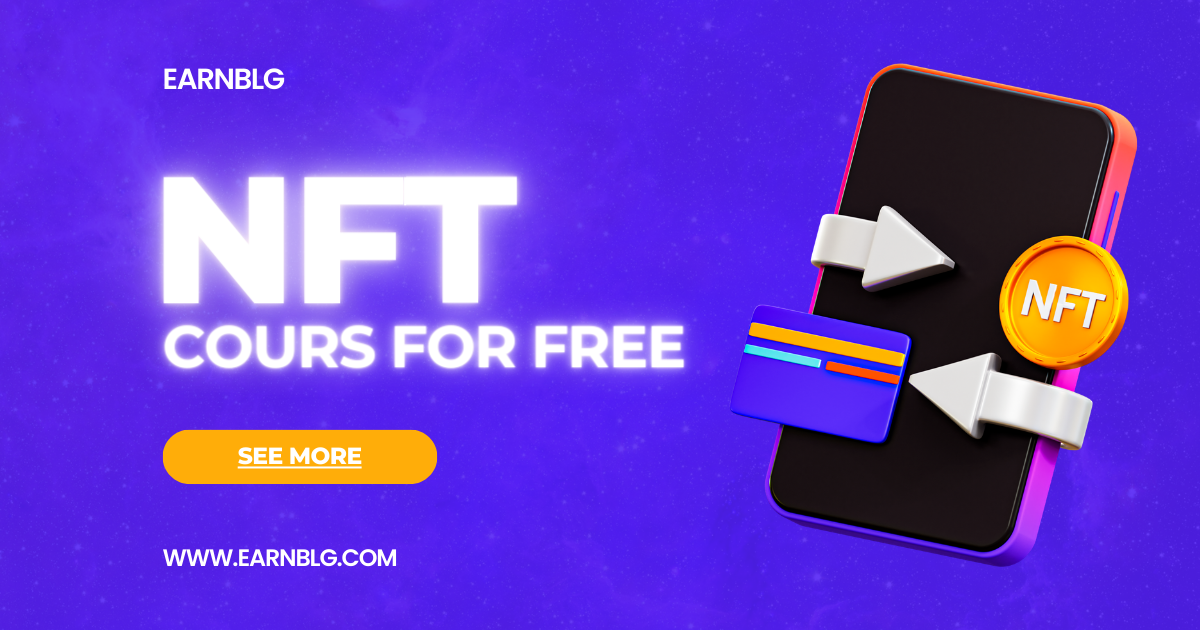It seems like you’re referring to the concept of non-fungible tokens (NFTs). NFTs are a type of digital asset that represent ownership or proof of authenticity of a unique item or piece of content, typically using blockchain technology. Each NFT is distinct and cannot be exchanged on a one-to-one basis with another NFT, unlike cryptocurrencies like Bitcoin or Ethereum which are fungible and interchangeable.
NFTs have gained significant attention in the art, music, gaming, and collectibles industries. Here’s a breakdown of how NFTs work and why they’ve become popular:
How NFTs Work:
- Digital Ownership: NFTs represent ownership or provenance of a specific digital item, such as artwork, music, videos, virtual real estate, in-game items, and more.
- Blockchain Technology: NFTs are created and tracked using blockchain technology, most commonly on networks like Ethereum. The blockchain ensures the scarcity and uniqueness of each NFT.
- Metadata: Each NFT contains metadata that provides information about the digital item it represents, including its creator, title, description, and other relevant details.
- Smart Contracts: NFTs are often associated with smart contracts, which are self-executing contracts with the terms of the agreement directly written into code. These contracts enable automatic royalty payments to creators whenever the NFT changes hands in a secondary sale.
- Interoperability: NFTs can be bought, sold, and traded on various online marketplaces and platforms that support the standard. However, the ownership and authenticity of the NFT are always traceable on the blockchain.
Why NFTs Are Popular:
- Digital Ownership: NFTs allow for true ownership of digital content, which was previously difficult to establish in the digital realm. This has attracted artists, creators, and collectors.
- Scarcity and Uniqueness: The scarcity of NFTs, along with the ability to prove authenticity and uniqueness, increases their perceived value.
- Monetization for Creators: NFTs provide new monetization opportunities for creators. Artists can directly sell their digital art to collectors, and creators can earn royalties on secondary sales.
- Collectibility: NFTs appeal to collectors who are interested in owning unique digital items and participating in a growing ecosystem.
- Blockchain’s Transparency: The blockchain provides transparency in ownership and transaction history, reducing the risk of counterfeiting and fraud.
- Cross-Industry Potential: NFTs have applications in various industries beyond art, such as gaming, virtual real estate, fashion, and more.
However, it’s important to note that the NFT space has also raised concerns, including environmental impacts due to the energy consumption of certain blockchain networks and market speculation that can lead to price volatility.
As of my last update in September 2021, NFTs were a rapidly evolving field, so I recommend checking current sources for the latest developments and trends in the NFT space.









